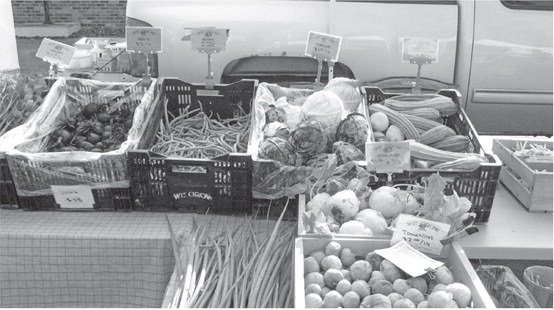Preserving the harvest doesn’t have to be hard


Since March 2020, many people found themselves with more free time than they knew what to do with. After the COVID- 19 pandemic hit the United States, businesses were shut down an...


Since March 2020, many people found themselves with more free time than they knew what to do with. After the COVID- 19 pandemic hit the United States, businesses were shut down an...